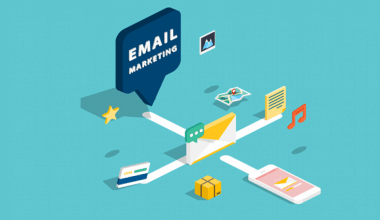In today’s data-driven marketing landscape, predicting customer sentiment is no longer an option. A new wave of customer feedback tools enables organizations to collect detailed, actionable insights that can transform marketing, sales, and brand perception. Here, we look at a variety of these tools and how they might be used effectively. But first, let’s understand what customer feedback is all about.
What is Customer Feedback?
Customer feedback is data gathered from customers. It often communicates their reaction to a product, service, or brand, as well as their overall digital channel experience. Following that, a variety of jobs—including those for marketers, UX designers, web analysts, and others—apply these insights to improve an organization’s customer experience.
What are Customer Feedback Tools?
A customer feedback tool is a piece of software or service that allows you to collect feedback from your consumers. This is usually done digitally, and there are several different tools to pick from. Your specific business objectives will determine the best option for you.
Key Takeaways
- In today’s data-driven marketing landscape, customer feedback is crucial for all businesses as it reveals customer satisfaction levels and identifies areas for product improvement.
- According to statistics, 85% of firms use sentiment analysis tools, 67% use open-ended feedback tools, 72% utilize user behavior tracking tools, 59% employ in-app feedback tools, and 81% make use of live chat assistance.
- Ideally, companies should use customer feedback in three stages: gathering, analyzing, and closing the loop, allowing for a full-circle improvement in the online experience.
- Brandwatch, Sprout Social, Qualaroo, SurveyMonkey, and Hotjar are highlighted as effective customer feedback tools, each offering unique features, benefits, and drawbacks for businesses.
- Businesses leveraging customer feedback tools can experience improved customer satisfaction (74%), higher customer retention (68%), enhanced brand reputation (59%), better product development (65%), and reduced customer churn (52%).
How Do You Collect Customer Feedback?
There are various methods of gathering customer feedback. As previously stated, it is usually done through a digital medium. Common sources for obtaining feedback are:
- Within email campaigns.
- Pop-up forms on websites.
- Feedback Widgets
- Social Media
Ideally, companies will use customer feedback in three stages: gathering, analyzing, and closing the loop. Managing feedback in this manner allows you to bring it ‘full circle’ and improve the online experience.
Read Also: CUSTOMER INSIGHTS: Definition, Marketing, Analyst, Tools & Salary
How Important are Customer Feedback Tools?
A customer-centric approach is intimately linked to a company’s success since customers produce revenue. Customer feedback is critical for all businesses since it reveals customer satisfaction levels and can help discover areas for product improvement. This is critical for SaaS organizations, as customer feedback can be quickly transformed into product development.
Customer Feedback Tool Usage Statistics:
- 85% of firms use sentiment analysis tools to analyze customer emotions in feedback. [Source: Techtarget]
- 67% of firms use open-ended feedback tools to gain in-depth qualitative insights. [Source: Typeform].
- 72% of firms utilize user behavior tracking tools to understand how users engage with their websites or apps. [Source: Hubspot]
- 59% of organizations use in-app feedback tools to collect feedback directly from mobile applications [Source: Mailchimp].
- 81% of organizations use live chat assistance, underscoring its value in real-time feedback and customer interaction [source: Hubspot survey].
Read Also: FREE EMAIL MARKETING TOOLS: Best 11+ Tools 2023, Updated!!!
Best Customer Feedback Tools to Use in 2024.
Let’s look at the tools that can help you discover the treasure of customer insights concealed in their feedback. We’ll examine numerous options, emphasizing their features, benefits, and drawbacks:
#1. Brandwatch

Features:
- Social listening: This involves monitoring brand mentions and industry conversations across several social media channels.
- Sentiment Analysis: Examines the emotional tone of internet chats to better understand customer sentiment.
- Data Visualization: Use dashboards and reports to present complex customer data in an easy-to-understand style.
- Influencer Marketing: Identify brand advocates and influencers in your target demographic.
Pros:
- Comprehensive Platform: Provides other functionality beyond sentiment analysis, such as social listening and influencer identification.
- Scalability: Supports businesses of all sizes, from start-ups to major organizations.
- Advanced Analytics: Offers detailed insights for data-driven decision-making.
Cons:
- Cost: Brandwatch can be more expensive than other sentiment analysis tools.
- Complexity: The platform may have a longer learning curve for beginners.
- Customization: Creating dashboards and reports may necessitate some technical knowledge.
Brandwatch piqued my interest during a social media brand emotion campaign. Our customers’ perspectives on our latest product line and how they influenced real-time conversations were critical. Brandwatch’s social listening and sentiment analysis highlighted both our strengths and flaws in the discourse. We discovered an influencer with a minor gripe about our product, which changed everything. Brandwatch assisted us in engaging, resolving her issue, and transforming her into a brand advocate. Her encouraging follow-up posts boosted positivity and purchases among her fans.
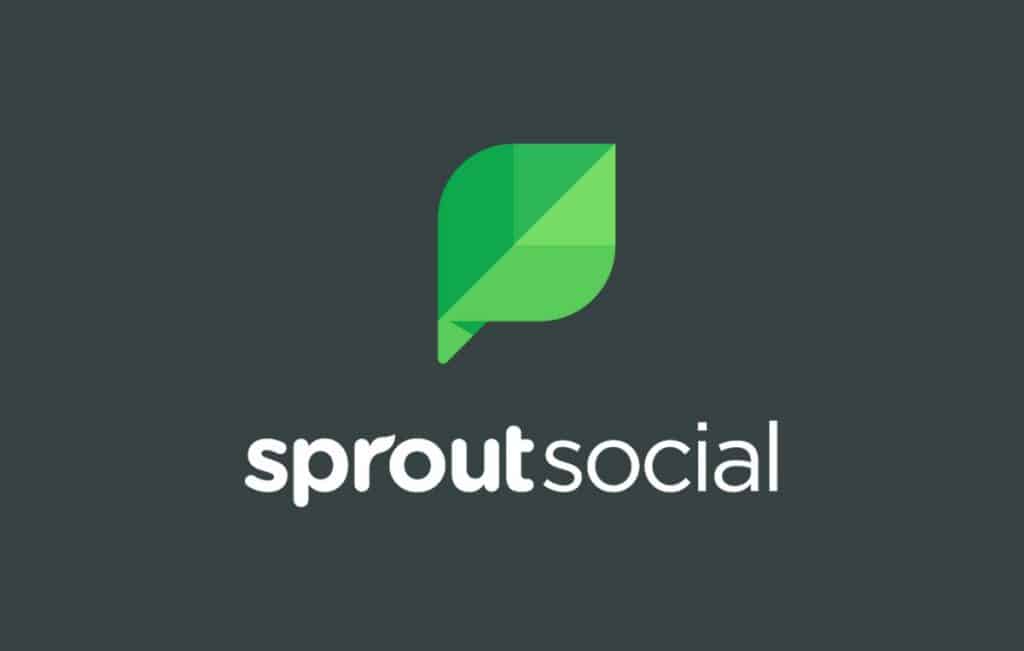
Features:
- Social media management includes scheduling and publishing material, as well as managing various social media accounts from a single platform.
- Social listening involves tracking brand mentions and conversations across multiple social media channels.
- Sentiment analysis provides insights into customer sentiment expressed on social media.
- Engagement & Community Management: Respond to comments and messages, and build brand communities.
Pros:
- User-Friendly Interface: Simple to use and navigate, even for those new to social media administration.
- Affordable Pricing: Provides competitive pricing plans to meet a variety of business needs.
- Linked Social Listening: Sentiment research is effortlessly linked with social media management tools.
Cons:
- Limited Features Compared to Brandwatch: While Sprout Social does provide sentiment analysis, it may not be as extensive as dedicated social listening services.
- Focus on Social Media: Because it is primarily concerned with social media data, it may not be appropriate for analyzing customer feedback from other sources.
- Limited Customization choices: Dashboards and reports may have fewer customization choices than other tools.
A friend’s artisanal food business struggled with social media. They chose Sprout Social because of its cost and usefulness. Within months, the company had transformed its social media into a thriving community hub. They increased online sales by scheduling content, connecting with customers in real-time, and analyzing sentiment. The tool’s social listening function assisted them in adapting their product launch strategy based on real-time feedback.

#3. Qualaroo
Features:
- Creates multiple survey formats, such as pop-up surveys, NPS surveys, and website feedback buttons.
- Targeted Surveys: Surveys are triggered depending on certain user behavior or website page visits.
- A/B testing: This involves comparing multiple survey formats and question phrasings to optimize response rates.
- Real-Time Reporting: Dynamic dashboards provide rapid insights into customer feedback.
Pros:
- Versatility: Provides a number of survey types for gathering feedback at multiple touchpoints.
- Targeted Surveys: Surveys can be targeted at certain user segments to provide more relevant findings.
- Ease of operation: Relatively simple to set up and operate, with an intuitive UI.
Cons:
- Reporting features may be less advanced than those of other survey tools.
- Free Plan Limitations: The number of surveys and replies you can collect is limited under the free plan.
- Limited Customization: The customization possibilities for survey design may be limited.
In another case, Qualaroo was used to conduct targeted website surveys to find out why customers abandoned their carts. The learning was eye-opening. Through focused surveys at several stages of the user journey, we discovered that shipping costs were a significant obstacle. After receiving fast feedback, we deliberately altered our pricing structure, resulting in fewer cart abandonments.
#4. SurveyMonkey
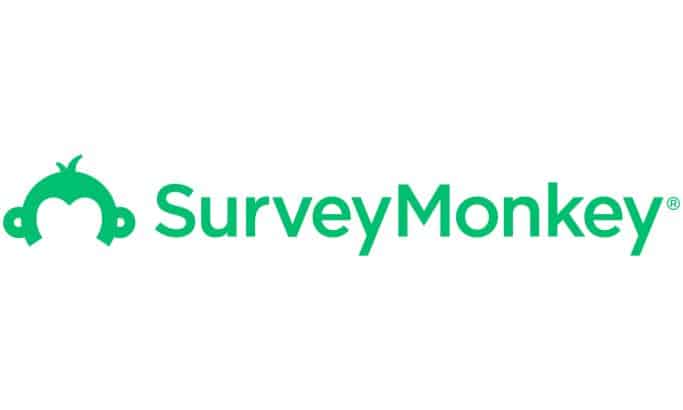
Features:
- Drag-and-Drop Survey Builder: Create visually appealing surveys with an easy-to-use interface.
- Access a large library of pre-built survey questions to save time.
- Branching Logic: Create surveys that adapt to respondent responses for a more personalized experience.
- Advanced Reporting & Analytics: Create thorough reports and analyze survey data using multiple filters and visualizations.
Pros:
- User-Friendly Interface: Simple to use for both novice and experienced survey producers.
- Wide Range of Features: Provides a comprehensive set of tools for designing, disseminating, and analyzing surveys.
- Scalability: Supports organizations of all kinds, including plans for both individual users and large enterprises.
Cons:
- Limited Free Plan: The free plan includes considerable restrictions on features and functionality.
- Targeting options may be limited compared to other specialized survey tools.
- Learning Curve for Complex Features: While user-friendly, complex features like branching logic may require some practice.
My volunteer non-profit used SurveyMonkey to obtain feedback on community programs. The ease of conducting and sharing surveys, as well as the depth of research, provided the firm with exceptional insights from participants across demographics. The feedback helped us redesign various initiatives, making them more accessible and successful for the community.
#5. Hotjar
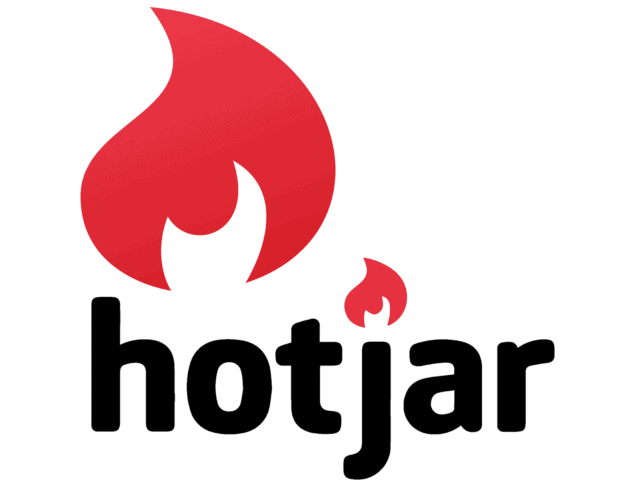
Features:
- Session recordings allow you to observe user activity on your website or app by capturing their interactions.
- Heatmaps: See where users click, scroll, and spend the most time on your website.
- Clickstream Analytics: Monitor the individual actions and pages that people visit on your website or app.
- Funnel Analysis: Determine drop-off spots in user journeys and optimize conversion rates.
Pros:
- Visual Insights: Visualizes user behavior, making it easier to comprehend user journeys.
- Multiple features include session records, heatmaps, and clickstream analytics for a comprehensive look.
- Setup is simple, and it integrates seamlessly with your website or app.
Cons:
- Privacy Concerns: To ensure data privacy, users must be informed about session recording techniques.
- Learning Curve for Advanced Analysis: Advanced characteristics, such as funnel analysis, may require some training to interpret properly.
- Limited Customization: The customization possibilities for heatmaps and session recordings may be limited.
Hotjar, my favorite tool, helped us revamp our e-commerce site. Heatmaps and session records demonstrated how visitors utilized our website. Many users hovered over a region without clicking, showing bewilderment. With this knowledge, we revised the part to improve clarity, resulting in 40% higher user engagement.
#6. Crazy Egg
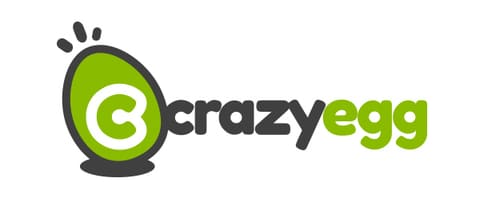
Features:
- Heatmaps: Use heatmaps to visually represent user behavior on your website or app, revealing click patterns and areas of emphasis.
- Confetti Reports: Determine which elements of your website are most popular among viewers.
- A/B testing involves comparing multiple website designs and functionality to enhance conversions.
- Scrollmaps: Monitor how far users scroll down your sites to find regions of poor interest.
Pros:
- Practical Insights: Offers clear and practical insights regarding website usability and user behavior.
- Easy to Set Up and Use: The heatmap analysis interface is user-friendly.
- Free Plan Available: Provides a free plan with restricted functionality, allowing you to try the tool before committing.
Cons:
- Limited Features Compared to Hotjar: Hotjar may not have as many features, such as session recordings and clickstream analytics.
- Heatmaps are the primary focus; this may not be optimal for consumers looking for more full user journey details.
- Heatmaps may have limited customization options.
#7. UserTesting
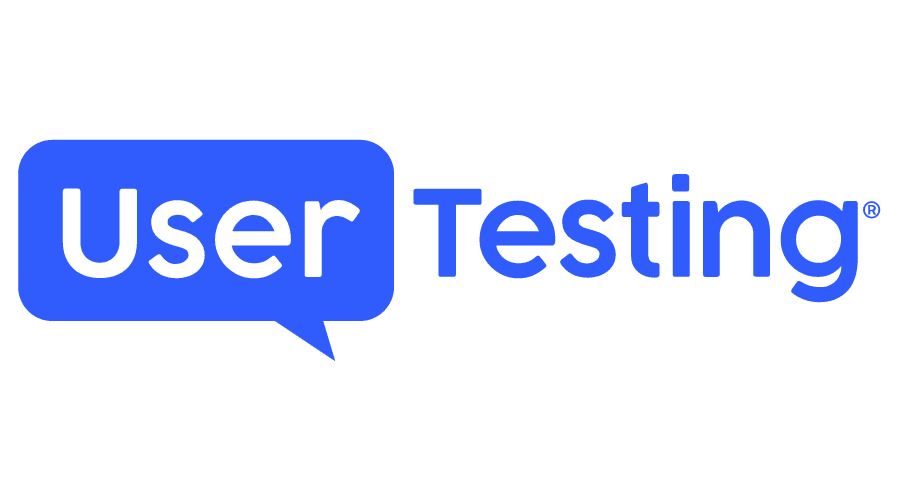
Features:
- Remote User Testing: Conduct usability testing with real users while witnessing their interactions with your product or prototype.
- Live Recordings: Use audio and video recordings to acquire insights into users’ mental processes.
- Highlight Reels: Create highlight reels that depict significant user engagements and pain points for simple sharing with stakeholders.
- Task-Based Testing: Create user tests that ask users to complete certain tasks on your product.
Pros:
- Uncover Usability Issues: Identify hidden usability issues that typical surveys may overlook.
- Gain User Insights: Observe user thought processes and behaviors in real-time to better comprehend their intent.
- Remote Testing Convenience: Eliminate geographical limits by conducting user testing remotely.
Cons:
- Cost: User testing can be costly, particularly when compared to alternative feedback tools.
- Sample Size Limitations: Testing with a limited number of users may not disclose all potential problems.
- Learning Curve: Setting up and analyzing user testing sessions may necessitate considerable training.
#8. Lookback.io
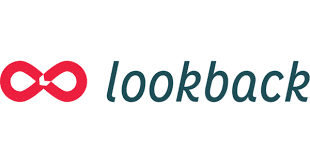
Features:
- Asynchronous User Testing: Collect user feedback asynchronously, allowing consumers to test your product at their own pace.
- Screen and microphone recordings: Use audio narration to capture user interactions and better comprehend cognitive processes.
- Integrate open-ended questions into the testing process to collect qualitative feedback.
- Mobile App Testing: Test mobile apps remotely and learn about user behavior on mobile devices.
Pros:
- Asynchronous testing allows people to participate when it is most convenient for them.
- Cost-Effective: Generally less expensive than traditional user testing approaches.
- Mobile App Testing: An effective approach for obtaining feedback on mobile applications.
Cons:
- Limited Interaction: Asynchronous formats may not offer the same amount of interaction as live user testing.
- Sample Size Limitations: As with UserTesting, testing with a small group may not capture all user perspectives.
- Potential for Incomplete Data: If users are not properly rewarded, they may abandon tests or provide incomplete feedback.
#9. UserEcho
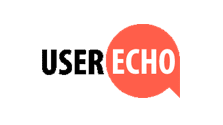
Features:
- In-App Feedback Buttons: Include configurable feedback buttons in your mobile app, allowing users to offer immediate feedback with a single press.
- Multiple Feedback Options: Allow customers to submit feedback in a variety of formats, including text, screenshots, and screen recordings, to add context and demonstrate their arguments.
- Sentiment Analysis (Paid Plans): Analyze the emotional tone of in-app feedback to better understand user grievances and satisfaction levels. This might help you prioritize issues and focus on the areas that are producing the most negative results.
- Feature Request Tracking: Organize and monitor user recommendations for new features or functions. UserEcho enables you to prioritize feature requests based on both user demand and internal considerations.
Pros:
- Real-time Feedback: Collect feedback right within the app, allowing users to contribute without leaving their present experience.
- Contextual Insights: Feedback on individual app features or screens provides useful context for improvement. UserEcho enables users to specify the exact location in the app where they experienced an issue.
- Multiple Feedback Options: Allow customers to submit feedback in a variety of ways, adapting to their own preferences.
Cons:
- Limited User Adoption: Encouraging users to actively participate in in-app feedback methods might be tough. Implementing clear calls to action and offering incentives can help boost involvement.
- Potential for Biased Feedback: Frustrated consumers may be more likely to use in-app feedback than satisfied users. Consider incorporating post-interaction questionnaires or other feedback mechanisms to gather a more diverse set of viewpoints.
- Overhead Management: Handling a significant volume of in-app feedback may necessitate the use of dedicated resources. UserEcho provides options for categorizing and prioritizing feedback, but you will still require humans to assess and respond to user input.
UserEcho conveniently connects with a variety of mobile app development platforms, making it an adaptable solution for obtaining in-app feedback.
#10. Intercom
Features:
- Live Chat Support: Respond to website visitors or app users in real time by answering inquiries, addressing concerns, and gathering rapid feedback.
- Chatbots and Automated Messages: Use chatbots to answer basic queries, qualify leads, and redirect routine support inquiries, freeing up human agents to handle more sophisticated interactions. This can also be used to automatically generate feedback requests based on user behavior.
- Targeted Feedback Requests: Proactively solicit feedback from website visitors or app users during chat engagements. You can customize these requests based on the user’s journey or the exact issue they are experiencing.
- Chat Transcript History: Keep track of all chat transcripts to evaluate previous encounters, spot trends, and analyze customer feedback over time.
Pros:
- Proactive Engagement: Enable two-way contact and respond to customer problems in real-time, building great customer relationships.
- Improved Customer Satisfaction: Prompt service and timely resolution of issues can considerably increase customer satisfaction.
- Valuable Customer Insights: During chat engagements, get fast feedback and identify customer problem points, which provides valuable context.
Cons:
- Resource Requirements: Dedicated workers are required to monitor chat volume and ensure prompt response times. Depending on your customer traffic, this may be a major resource investment.
- Scalability Issues: Providing live chat help for high-traffic websites or apps can be difficult. To efficiently manage queries, consider using a blend of live chat, chatbots, and self-service options.
- Integration Difficulty: Integrating live chat tools into existing website or app infrastructure may necessitate some technical knowledge. However, most modern live chat solutions include simple installation methods and pre-built integrations with common website platforms.
Intercom is a popular live chat solution for businesses of all sizes. It provides a comprehensive set of capabilities for managing customer contacts, collecting feedback, and increasing customer satisfaction.
#12. Drift
Features:
- Conversational Marketing & Sales: Use chatbots and live chat to qualify leads, nurture prospects, and convert them to customers. Drift lets you adapt the chat experience depending on visitor behavior and demographics.
- Automated Feedback Requests: Create automated triggers to collect feedback from website users at specific points throughout their trip.
- Meeting Booking & Scheduling: Include scheduling tools immediately in the chat interface, allowing website visitors to schedule meetings or consultations with sales or support professionals.
- Chatbots and Playbooks: Create chatbots to respond to frequently asked queries, deflect common support inquiries, and direct difficult issues to human agents. Playbooks can be designed to help operators through common customer interactions while ensuring consistent messaging.
Pros:
- Conversational Approach: Emphasizes creating relationships with website visitors through conversation, resulting in a more natural and engaging customer experience.
- Marketing & Sales Alignment: Drift’s features let marketing and sales teams collaborate with website users.
- Automated Workflows: Automating routine operations such as lead qualifying and feedback requests allows human agents to focus on more sophisticated customer interactions.
Cons:
- Focus on Lead Generation: Drift’s features are primarily designed for lead generation and sales talks. While feedback capture is included, it may be less comprehensive than dedicated customer feedback tools.
- Learning Curve for Playbooks: Developing good chatbots and playbooks may necessitate some time and training.
- Pricing Structure: Drift’s pricing plans may be more expensive than some basic live chat solutions.
Drift is a popular choice among businesses looking to generate leads and nurture website visitors through discussion. It provides a broad set of capabilities for automating processes and personalizing the customer experience.
You may build a more dynamic and feedback-rich customer experience by combining live chat tools such as Intercom or Drift with other channels of customer feedback.
Benefits of Using Customer Feedback Tools:
- Improved Customer Satisfaction: Businesses can increase customer satisfaction by 74% by properly obtaining and responding to feedback [source: Qualaroo].
- Higher Customer Retention: Addressing customer problems and incorporating feedback might result in a 68% boost in customer retention rates [source: Qualaroo].
- Improved Brand Reputation: Proactively responding to customer feedback promotes favorable brand perception and can lead to a 59% improvement in brand reputation [source: Qualaroo].
- Better Product Development: Customer feedback is critical for understanding customer demands and informing product development processes, resulting in a 65% improvement in product quality.
- Reduced Customer Churn: By addressing customer pain points and implementing feedback-driven enhancements, firms can see a 52% reduction in customer churn [source: Qualaroo].
Aligning With Strategic Objectives: The Customer Feedback Collection Plan
Businessyield’s Customer Feedback Collection Plan template is a useful tool in this attempt. This template assists firms in determining the best feedback channels, setting explicit data-gathering goals, and building a system for analyzing and operationalizing customer insights.
Conclusion
By incorporating these advanced customer feedback tools and cultivating a feedback culture, businesses can transform customer feedback from a reactive afterthought to a proactive cornerstone of their marketing, sales, and branding efforts. Remember, your customers are the best source of market intelligence. Businesses that use these tools and nurture a feedback-rich atmosphere can unlock the keys to creating a brand that resonates strongly with its target audience.
- EMPLOYEE FEEDBACK: Definition, Examples & When to Use Them
- MARKET RESEARCH TOOLS: The 15 Best Market Research Tools in 2024
- CUSTOMER FEEDBACK: The Only Guide You Will Ever Need
- CUSTOMER SATISFACTION SURVEY: Meaning & Survey Examples
- A COMPLETE GUIDE TO CUSTOMER SURVEYS




